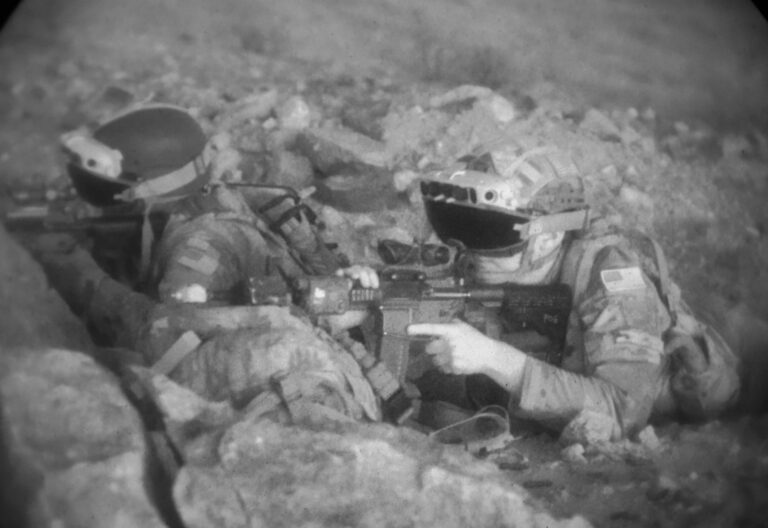DRI in Thermal Imaging: Detection, Recognition, and Identification
In the realm of thermal imaging, DRI stands as a foundational metric that evaluates the capability of a thermal camera system. It provides users, especially in defense and security sectors, with a quantitative understanding of how effective their equipment is under various conditions.
1. Detection
Definition: Detection is the primary, most basic level of discerning an anomaly or object within the field of view. It’s the point at which a user can ascertain the presence of an object based on its heat signature, without any detailed clarity about its nature.
Factors Influencing Detection:
- Camera Sensitivity: A camera with higher thermal sensitivity can detect minute differences in temperature, allowing for early detection of objects.
- Background Contrast: Objects are detectable when there’s a distinct contrast between their heat signature and the background. For instance, a warm-bodied animal would be easier to detect in a cold environment.
2. Recognition
Definition: Recognition takes detection a step further. At this level, an operator can categorize the detected object into a broad type or class. For example, they might discern that a detected heat source is a vehicle, though they can’t yet tell the make or model.
Factors Influencing Recognition:
- Spatial Resolution: Higher resolution cameras can capture finer details at greater distances, aiding in the recognition process.
- Atmospheric Conditions: Clear conditions without factors like fog, rain, or smoke are more conducive to recognizing objects at longer ranges.
3. Identification
Definition: Identification is the pinnacle of the DRI process. It implies the ability to ascertain specific characteristics of an object. In a military context, this could mean identifying the rank of an individual based on their uniform or the specific type of a vehicle.
Factors Influencing Identification:
- Lens Quality: A high-quality lens can focus infrared radiation more effectively onto the sensor, allowing for sharper images and better identification.
- Zoom Capabilities: Cameras with superior optical or digital zoom can bring distant objects into clearer focus, facilitating detailed identification.
Real-world Implications of DRI: Understanding DRI is crucial for several real-world applications. For military and border patrol operations, knowing how far away a potential threat can be identified is pivotal for planning and response. Similarly, in wildlife monitoring, the ability to identify specific species from a distance can be crucial for research and conservation efforts.
In conclusion, the DRI criteria in thermal imaging serve as a comprehensive benchmark to gauge the performance of thermal equipment. By understanding these metrics and the factors influencing them, users can make informed decisions about the equipment they employ, ensuring that it meets the demands of their specific applications.


